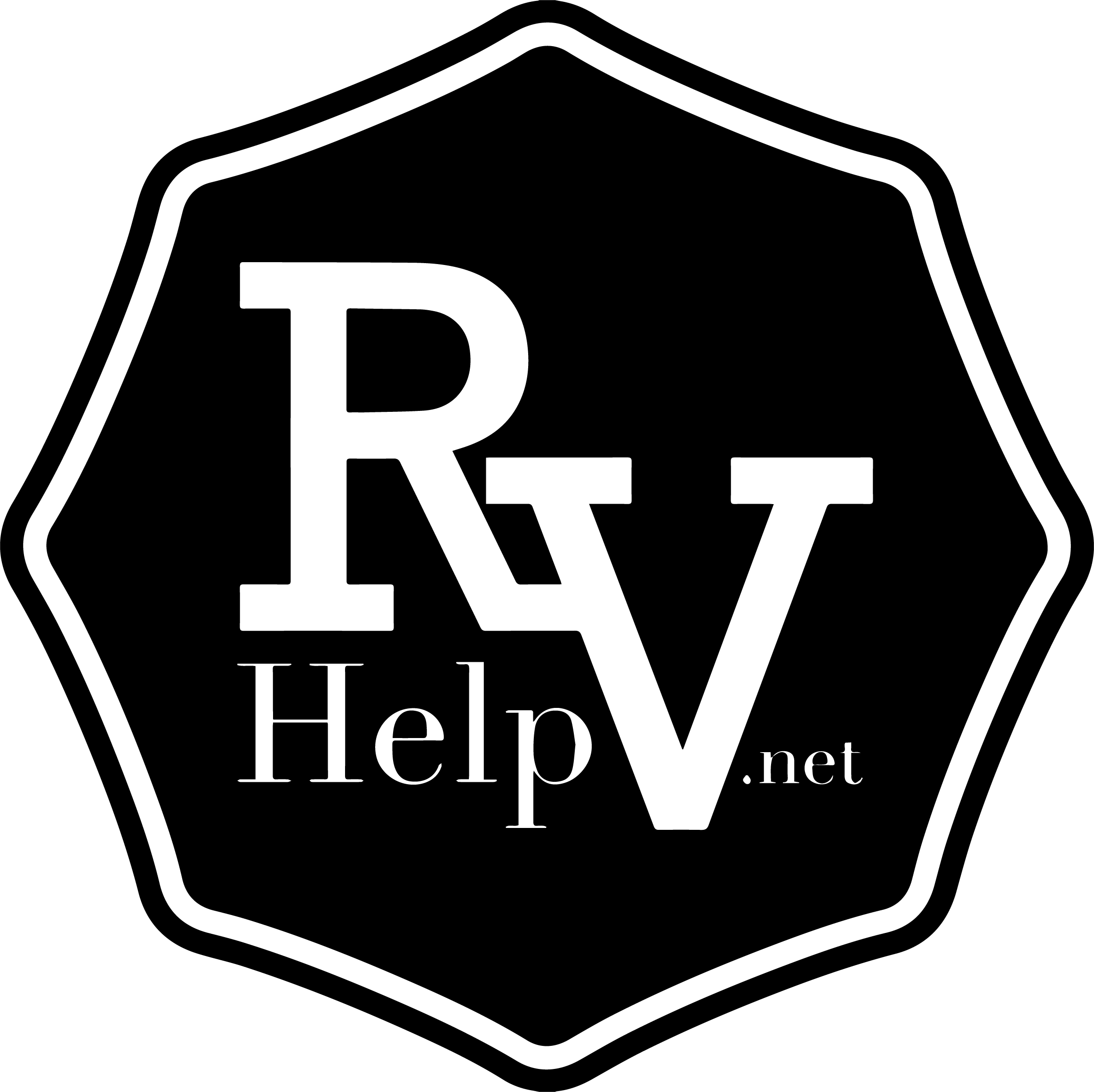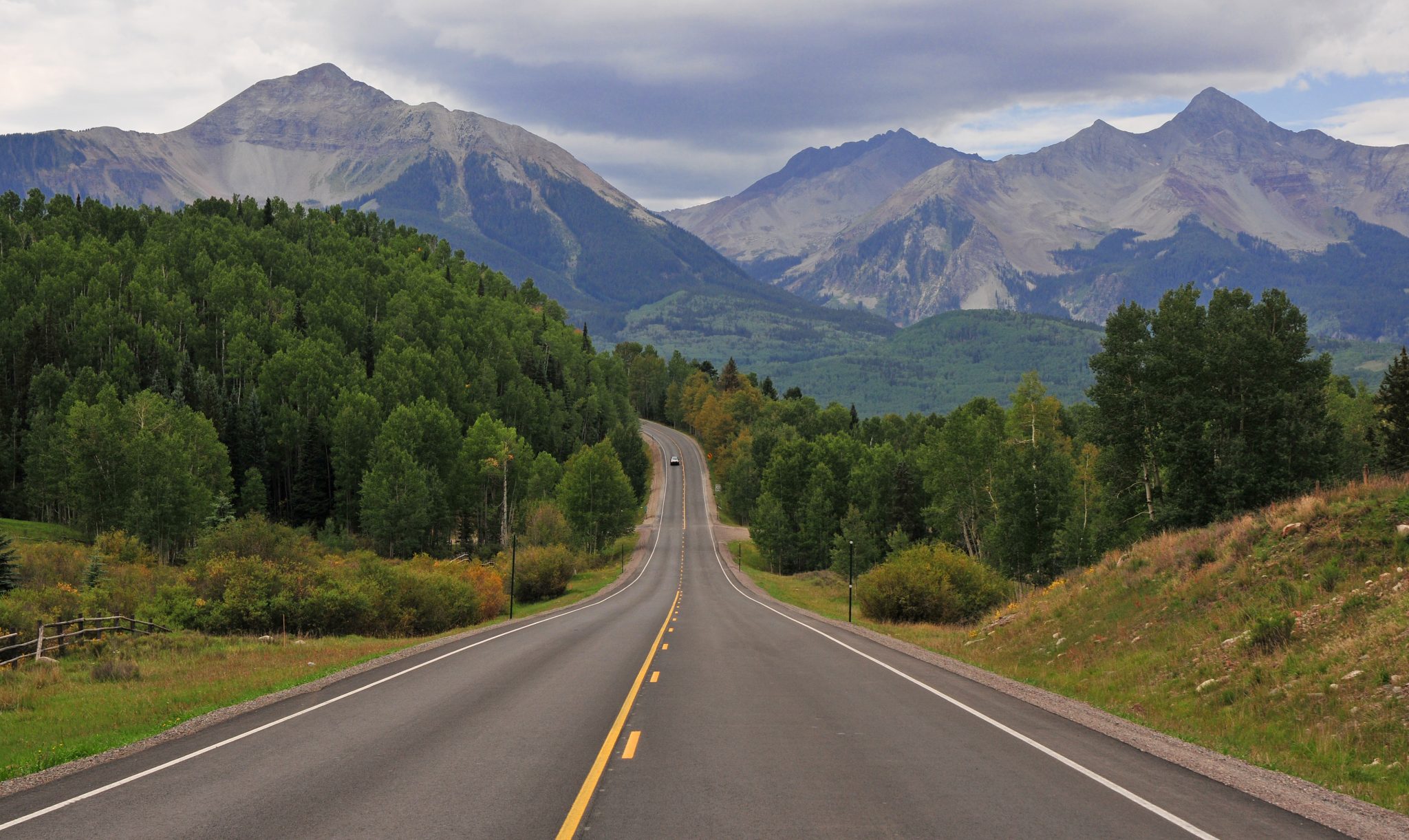I am writing this article to go over the basics of getting started with RV’ing.
First part is to pick the right RV for you. As in should you pick new or used?
Questions:
- Are you handy?
- Can you fix anything?
- Can you take most anything apart and put it back together?
- Are you good at solving issues?
- Are you good at looking up information on the internet?
Answer yes to all:
- If you answered yes to all the above then you’ll be ok buying an older unit and doing some renovations. You can use our guide to help you spot the ones worth buying and renovating
Answer two with yes:
- If you answered two or more with a yes then you would probably want to look for a newer RV that looks to be in great condition. You can use our guide to help spot the RV’s in great condition
Answer No to all:
- You want to buy the new RV and the extended warranty
- If not new then buy an extended warranty
- New RV’s have problems just like older ones sometimes worse in the first year.
- Not all RV sales people are created equal some are better than others. Our guide can help you ask the right questions and know what to look at on all new RV’s.
- Its important to pick the new RV that was built on Tuesday not Friday at 5pm
RV’ing is rewarding but there are a lot of details. Don’t worry if you are not good with details on your first trip because after the first trip you will be good with the details. It’s on the job training.
I recommend for someone new to RV’ing to setup their RV at the house for camping. Put slides out, plug into power, etc… Maybe spend the night in and put out the awning. This will give you time to get acquainted and find any issues before you are in the middle of Yosemite National Park.
The next part of this process is to pick a type of RV that suits your needs. First is to find your needs:
- Full Time Living – If you plan to live in your RV full time or for multiple months I recommend the following:
- Class A motorhome – Self contained, usually push button everything so setup and take down is fast and easy. More home like feel.
- 5th Wheel – Self contained mostly push button except for landing gear and detaching from truck. More home like feel and great square footage. Some even have a garage for all of your toys which doubles as a bedroom. Also, look for those with the polar / arctic / cold weather packages which increases insulation.
- Class B or C motorhome – Self contained and similar to the Class A only smaller. Most can tow a car behind them. Except for the internal space issue these are quite versatile and all push button.
- Travel Trailer / bumper pull – Not recommended for full time living because most are built cheaper but there are some really good options in this space so you will want to look at newer model rather than older with a polar package if possible.
- Non-Full Time living
- Class A motorhome – For those that want the easiest and most relaxing experience and aren’t scared to the price tag this is the way to go. Its like driving down the road in a luxury hotel.
- 5th wheel – Requires more energy to setup because of the fact you have to attach or detach from the truck. You will also be traveling in the truck while driving down the road which makes the traveling days more cramped.
- Class B or C motorhome – Lower price point but similar selling points as the Class A. For those not used to driving big vehicles but want the comfort of the Class A then the Class C or B are good options depending on the size of their family.
- Travel Trailer – If you are physically active person then the Travel Trailer / Bumper Pull / Pop-Up campers are a great buy. They have all of the amenities of being at home but in the park. They are smaller, lighter, cheaper but require more manual labor to setup.
I recommend that if you have never purchased an RV before to look at different model and types and then when you think you know which ones you want to buy then go through the setup and break down process of the RV. Tell the salesman to help you. They might object at first but insist.
Its important to know if you can handle the setup and takedown of your RV. This will also give you a chance to get acquainted with the systems of your RV. Its important to start from fully closed, slides in, no power connected as in you just arrived at a campsite. Then start from leveling through slides out to hooking up power, septic, water, cable tv and awnings out. If you are at an RV lot and there isn’t room asking them to move the RV to a place where you can go through the setup process.
Important Note: Watch the slides go in and out. Look for smooth operation inside the RV and outside the RV. Also run the A/C’s and lay in the bed. Is the noise too loud?
<We offer an extensive section in our RV Buyers Guide that discusses our recommend process> Purchase yours today.
Now that you have finished the setup. How was it? Did everything work? Any problems? How tired are you? Was it too much? If so look at a different type of RV If not then maybe this is the right one.
Advice: Please note that you always empty the black tank first and then the grey tank and you always fill the black tank back to 1/2 full after each flush then add RV tank treatment to it.
So the next part is to break down the RV and get it ready for transport. I recommend you go through this process a few times and see is this too much for me?

